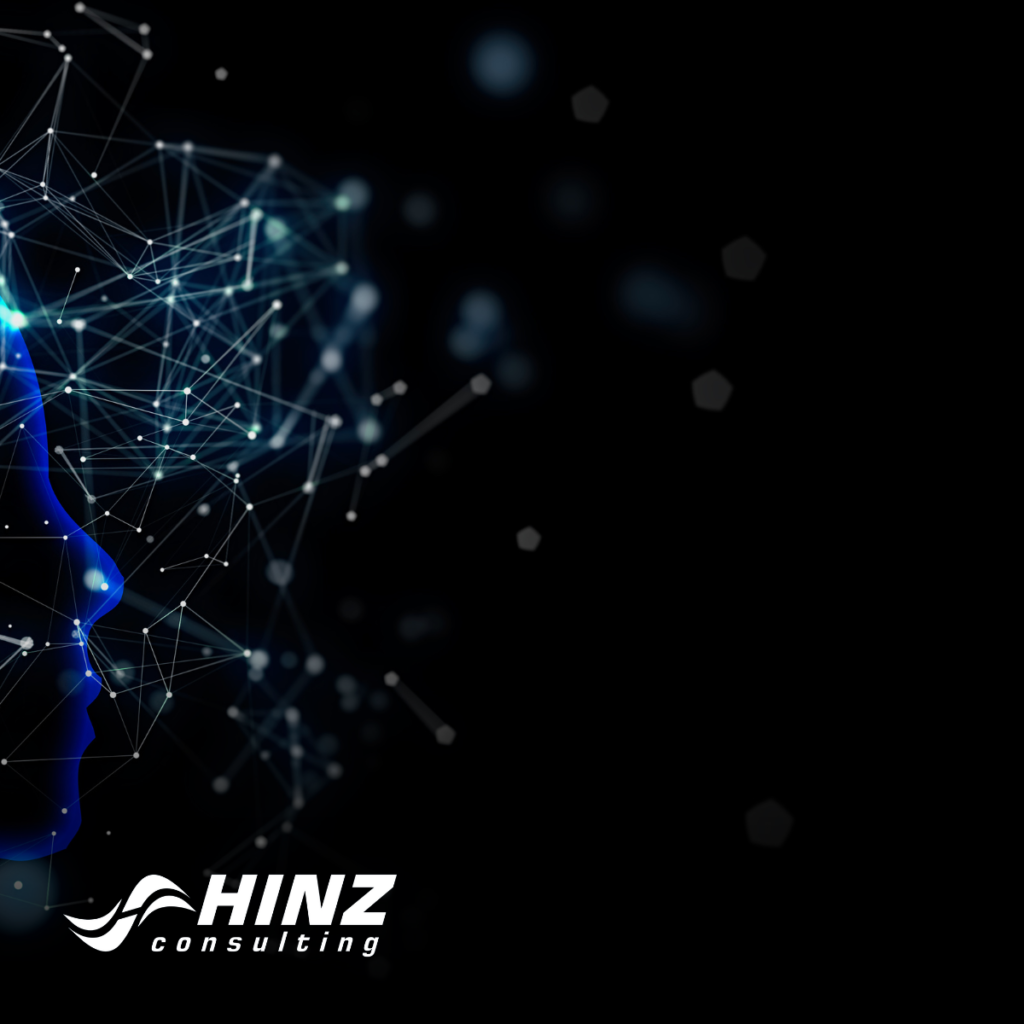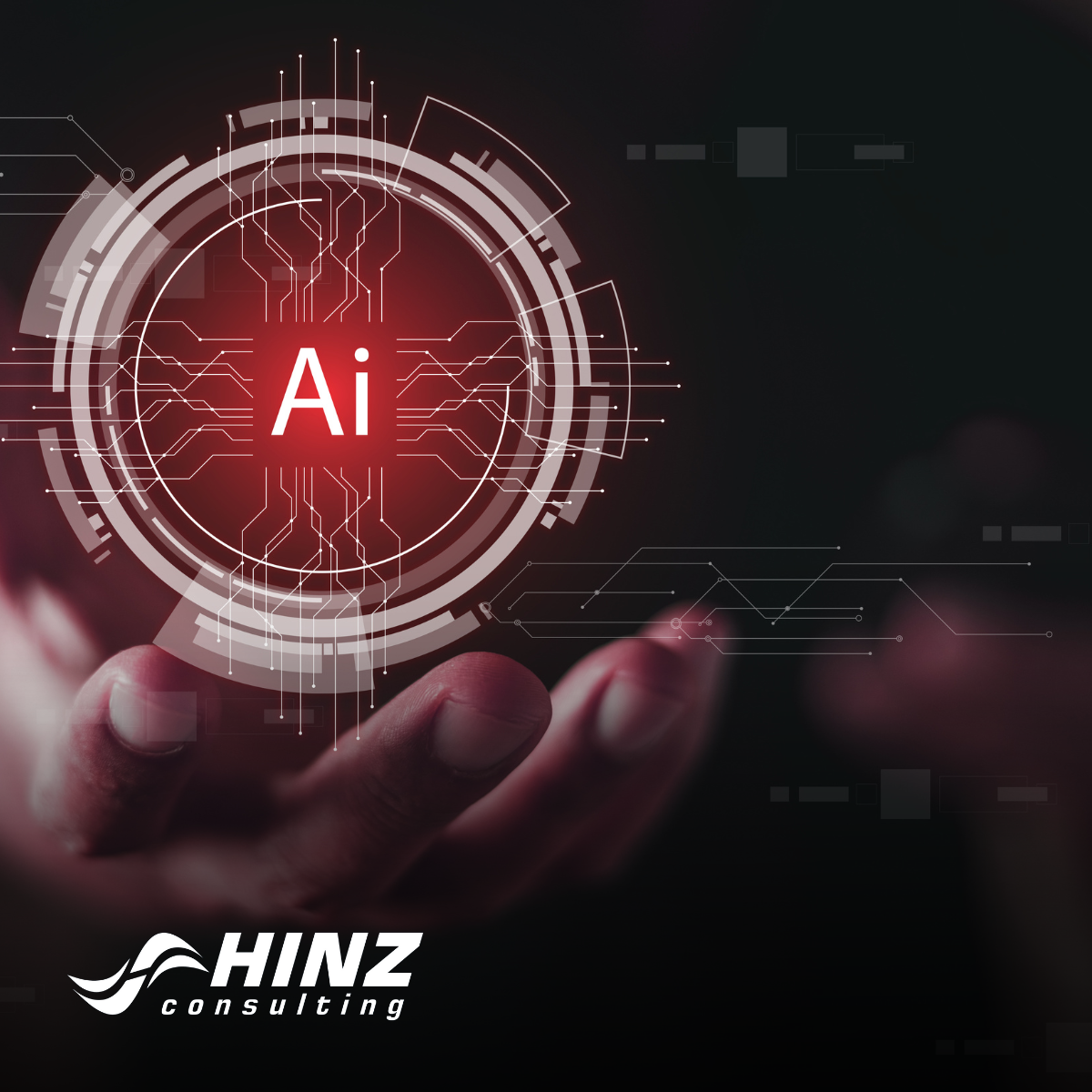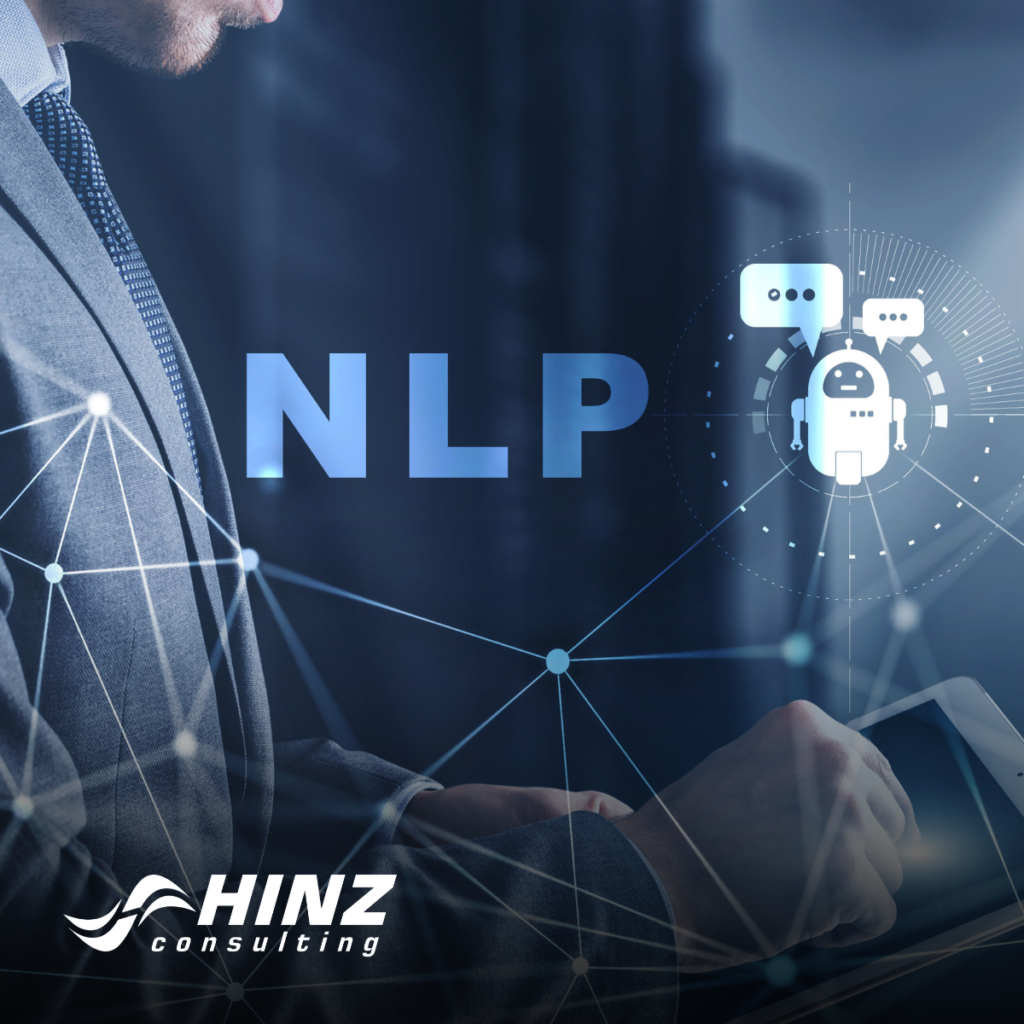Improving pWin by Integrating Strategic Pricing and Competitive Intelligence

In the fiercely competitive business landscape, the intersection of strategic pricing and competitive intelligence becomes a dynamic force that can enhances a company’s win probability(pWin). The ability to set prices strategically, coupled with a deep understanding of competitors’ actions and market dynamics, empowers companies to make informed decisions that not only enhance their value proposition to customers, but also outmaneuver competitors. Here’s […]
The Three C’s of AI: Core Concepts for Understanding Artificial Intelligence

Embark on a journey of discovery as we delve into the fundamental principles that underpin the world of artificial intelligence (AI). Explore the Three C’s – Core Concepts that serve as the bedrock for comprehending the intricacies and potential of AI. Decoding the Essence of AI Through the Three C’s Step into the realm of […]
Natural Interaction with AI Unveiled

Embark on a journey where the boundaries between humans and machines blur as we delve into the realm of natural interaction with artificial intelligence (AI). From voice commands to intuitive interfaces, witness the evolution of human-AI engagement. The Evolution of Human-AI Interaction Discover the evolution of how we interact with AI, transcending traditional interfaces. From […]
Securing the Future: AI Security in Government Contracting

Artificial Intelligence (AI) is revolutionizing government contracts, presenting unprecedented opportunities but also raising significant security concerns. This guide aims to demystify AI security for government contracting, providing a straightforward understanding of the key considerations and actionable steps. Understanding AI Security in Government Contracts: In the realm of government contracts, AI security is not just a […]
Isolating Sensitive Information from Public AI Data

Isolating sensitive information from public AI data is crucial for protecting corporate secrets. Here are some strategies to enhance the isolation of sensitive information: 1. Data Segmentation: Clearly define and segment datasets, separating sensitive information from non-sensitive data. Limit access to the sensitive datasets only to those individuals and systems that require it for legitimate […]
What Is The Impact Of AI On Organizational Learning?

In the ever-evolving landscape of technology, Artificial Intelligence (AI) is reshaping the way organizations approach learning and development. The impact of AI on organizational learning is profound, influencing processes, strategies, and outcomes in unprecedented ways. Understanding AI’s Role in Organizational Learning Personalized Learning Paths: AI facilitates the creation of personalized learning experiences tailored to individual […]
Unraveling the Intricacies of Model Collapse in Generative AI

In the dynamic realm of Generative AI, understanding the concept of model collapse is crucial for ensuring the robustness of AI models. Model collapse refers to a scenario where the AI model fails to generate diverse and meaningful outputs, often repeating the same or similar outputs regardless of input variations. The Essence of Model Collapse […]
Generative AI Hallucinations: Unraveling the Intricacies

In the realm of Generative AI, the concept of hallucinations takes center stage, offering a glimpse into the complexities of artificial intelligence. Hallucinations in AI refer to instances where the generated content deviates from expected norms, producing outputs that may seem surreal or erroneous. Understanding and addressing these hallucinations is crucial for ensuring the reliability […]
Unveiling the Power of Natural Language Processing (NLP) in Government Proposals

In the rapidly evolving landscape of government contracting, where the ability to communicate effectively is paramount, technology is playing an increasingly crucial role. One such technological marvel that is reshaping the way businesses interact with textual data is Natural Language Processing (NLP). In this blog, we will unravel the intricate world of NLP and explore […]
What Are Recurrent Neural Networks?

Recurrent Neural Networks (RNNs) stand as a formidable force in the realm of neural networks, especially when it comes to their connection with Generative AI. These networks are distinctively designed to handle time-series or sequential data, where the order of items in a sequence holds crucial significance. In the context of Generative AI, RNNs play […]
